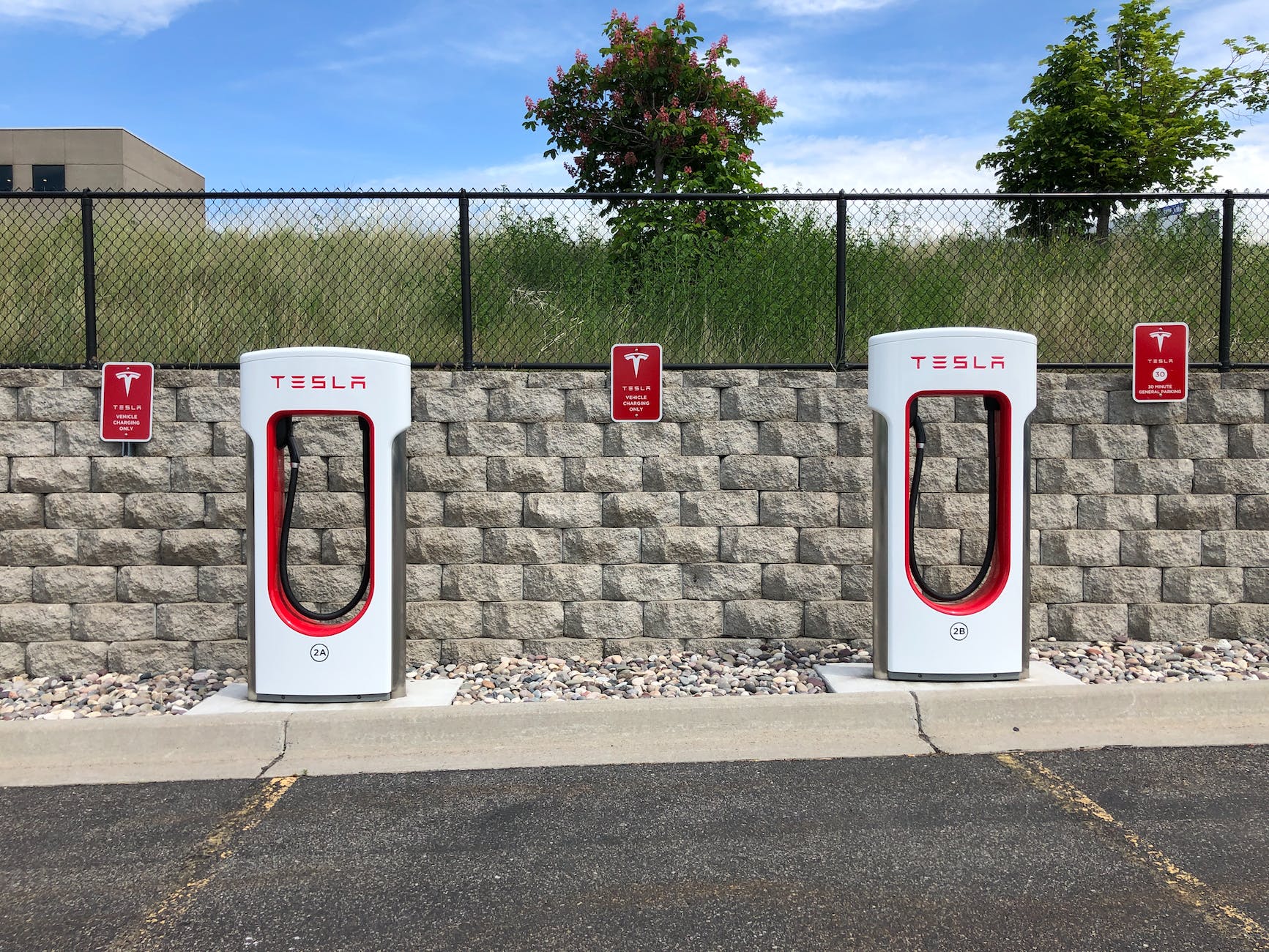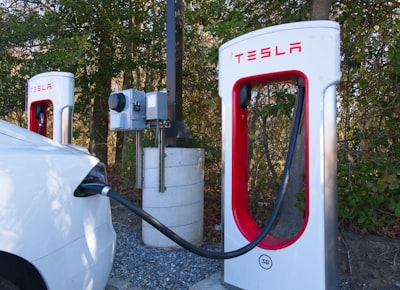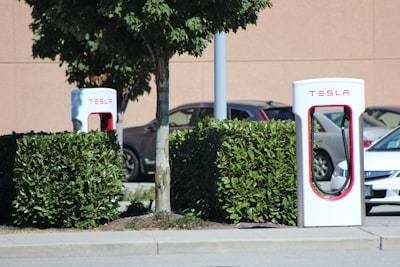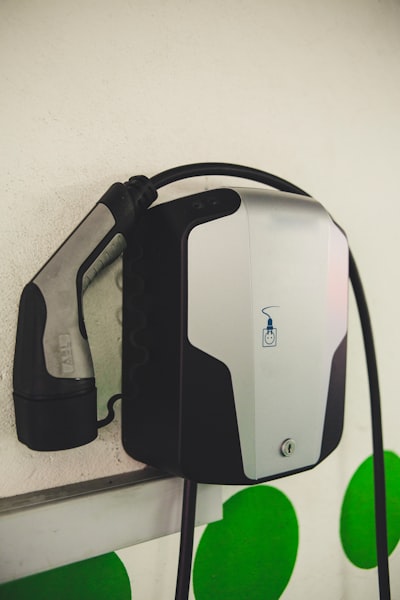
What is a Tesla SuperCharger
What is a Tesla SuperCharger
Tesla supercharger network is easily the most extensive electric vehicle charging network in the world. It is supported by thousands of charging spots all across the globe. Making it one of the best electric car charging networks out there.
However, non-tesla vehicles cannot use Tesla supercharger locations without an adapter. In this blog, we will cover everything you need to know about tesla supercharger network. From how much it costs to full charge non-tesla cars. We will also compare supercharger network with destination charging and tesla megacharger.

Here is the Tesla SuperCharger Rollout
Tesla Superchargers are electric car charging stations designed for rapid charging speeds. SuperCharger technology has a maximum power of 150 kW, distributed between two cars, with a maximum of 150 kW per car. That is far greater than the 12 kwh charge rate of non-supercharging electric car charging stations.
Superchargers can charge an electric car battery in under an hour. These chargers have become popular among Tesla drivers. As it gives them access to significantly faster charging than non-supercharging electric car charging stations.
Tesla superchargers have several benefits, including providing electric vehicle (EV) drivers with convenient travel. Offering charging opportunities when they’re available. Some disadvantages of supercharging include increased environmental impact, difficulty in finding supercharging stations, and the need to pay additional fees for using supercharger charging stations.

Types of Tesla Superchargers
Tesla superchargers are charging stations that are designed to charge electric vehicles quickly. Most of the superchargers are operated by Tesla, but there are other types as well. They vary in terms of charging rate and location. Electric vehicle drivers can find chargers at hotels, restaurants, and other places where electrical charging is available.
The types of chargers include destination chargers, home chargers, and fast-charging hubs. The destination chargers are charging stations that are installed at hotels, restaurants and other destinations. They have a high charging rate and can charge an electric vehicle quickly. Home chargers are wall-mounted charging units for use at home. These chargers have a slower charging rate than the destination chargers. But can charge an electric vehicle more quickly than plugging it into a standard electricity source

Can non-Tesla cars use a Supercharger Adapter?
Tesla Supercharger stations are the fast-charging network of our electric vehicles (EVs). Non-Tesla model EVs can’t use a Supercharger station. However, non-EVs with an adapter can charge their vehicle at a charging station that has a Supercharger plug. This is also possible if you have a solar panel or charge your vehicle at home with a charging cord and charger.
As of now, there are over 600 Supercharging stations across North America, Europe, and Asia. Each station provides up to 150 kw of charging power for free.
2. Why can’t non-Tesla EVs use Superchargers?
A supercharger is designed for electric vehicles only, so other non-Tesla EVs can’t use superchargers either. Besides, supercharging a non-EV uses more electricity than charging an EV itself, which could harm the environment.

How much does a Tesla Supercharging cost?
Tesla drivers have an app that allows them to be billed at the appropriate rate. This is for the amount of charge they took onboard. This app can be used anywhere with a charging station and Tesla charging network. Supercharger cost varies from location to location, and may even vary depending on what time of day you charge. Generally, charging your car using a supercharger will cost less than charging through a plug-in electric vehicle charging station, and supercharging is more costly than charging at a gas station. However, the costs vary based on the type of charge and your region.
Supercharger usage is free for drivers with an active Tesla referral program account. But before you start getting free supercharging, you would have to join the program by purchasing your Model S or Model X electric vehicle from Tesla. You would also need to complete an online verification process by providing details of your referral account number and vehicle identification number (VIN).
The free supercharging credit can be used within six months after joining the program.

What Is the Tesla App Supercharger Network?
The Tesla Supercharger network is the largest electric vehicle charging network in the world. It currently has over 40,000 superchargers across the globe, making it accessible for anyone with an electric vehicle to charge their car quickly and efficiently.
Tesla and Musk started developing its supercharger network in 2012. The network was designed to enable fast charging of Tesla Model S, Model y and other tier model vehicles. This improves range and makes traveling with electric vehicles more convenient.
The supercharging stations were initially built by Tesla (Owner Elon Musk) and other companies as part of a voluntary partnership, but the company has now opened up access to its supercharging network to other electric vehicle (EV) companies.
This includes charging partners like ChargePoint, Ecotricity, GreenPower, Coulomb Technologies, and Electrify America. This move will expand the charging network even further. It will also make it easier for other EV drivers around the world to use electric vehicles more often. Including Toyota drivers and Ford EV drivers.
Pricing on the Tesla Supercharger Network
The Tesla Supercharger network is a fast-charging network that enables free electric vehicle charging across the United States and Canada. In addition to charging electric vehicles, customers can also charge their phones, tablets, and other devices at the stations. Currently, there are more than 200 supercharger stations located across North America and the network is expanding all the time. The supercharger network pricing varies based on charging speed and range of electric vehicle. For instance, it costs from $0.13 per minute to charge a Tesla with a charging rate of up to 100 miles per hour.
Supercharger vs Destination Charging
A Tesla supercharger is a fast charging station for electric cars. It’s known as a ‘charging super-hub’ for its ability to charge an electric vehicle to full capacity in about half the time of a regular charging station.
A supercharger is smaller and more efficient than a standard charging station, offering drivers fast charging without the need to travel to a charging station. Superchargers are often located in parking lots and along busy roads, allowing drivers to charge their vehicle quickly while still having access to amenities such as restaurants or gas stations nearby.
Tesla destination chargers, sometimes called DC chargers, are available at hotels, restaurants, and other businesses. These charging stations are free for electric vehicles but can take longer to fully charge an electric car than a simple charging station.
What is a Tesla Megacharger?
A Tesla Megacharger is a more powerful version of the Supercharger, designed to be used with the Tesla semi. It has a capacity of up to 150 kW and can charge the vehicle’s battery to 80% in around 30 minutes. A Tesla supercharger can charge a vehicle’s battery in about 20-30 minutes, depending on the charging rate.
A Tesla supercharger is a charging station for electric vehicles that uses high-power charging to refill a car’s battery quickly. The supercharger tesla wiki describes it as a permanent high-power charging facility for electric vehicles, typically found at parking garages and some businesses.
The supercharger tesla wiki says that superchargers are purpose-built charging stations for plug-in electric vehicles that provide fast charging with sufficient power output for the vehicle’s recharge cycle. They are designed for fast charging of electric vehicle batteries at higher voltages and currents than standard charging stations. A supercharger tesla wiki is capable of charging an electric vehicle’s battery up to 100 miles in about 30 minutes (depending on the charging rate).
A Supercharger tesla wiki provides fast recharging of electric vehicles at road-side locations with access to electricity, making it an attractive option for long road trips. However, superchargers tesla wiki are often located far from population centers and this hampers their utilization beyond urban areas. Additionally, supercharger tesla wiki requires costly investment and skilled personnel to operate efficiently.
Tesla SuperCharger Expansion
Tesla has built supercharging stations all around the world to charge electric vehicles quickly. Supercharger stations provide free charging for Tesla vehicles and are strategically placed to make charging easy and convenient for drivers.
Supercharger stations can be found at major population centers, such as airports, large-scale public facilities, hotels, and universities, making it easy for drivers to charge when they’re on the road. Each supercharger station is capable of charging multiple vehicles simultaneously and features fast-charging technology that can replenish 80% of a vehicle’s battery in as little as 30 minutes.
For those traveling long distances, supercharging offers an excellent way to keep the car running smoothly and comfortably without tiring out.
Most supercharger stations offer amenities such as charging stalls, restrooms, food services, and car-washes so drivers can enjoy a comfortable stop and reload on the go.
Comparing Tesla SuperChargers to Other EV Chargers
Tesla supercharger stations are fast chargers that can charge electric vehicles at a rate of up to 120kW. Unlike regular charging stations, supercharger stations are designed to be more efficient, with amenities like free food and restrooms. Supercharger stations are located throughout the United States, as well as in Europe and Asia. Different types of supercharger stations offer varying amenities, such as free charging for those making road trips, or charging for a fee on route to work. These stations are especially useful for long-distance travel in electric vehicles, as they can fill up a car’s battery much faster than using a regular charging station.
That being said, not all supercharger stations are created equal. Some offer free charging to drivers who make road trips while others charge a fee on route to work. Also, superchargers offer variable charging speeds depending on the model of vehicle being charged. So it’s important to know the type of supercharger station you’re visiting so you can plan your trip accordingly and take advantage of any amenities offered.
Availability and future plans for Tesla Superchargers
Tesla has been installing supercharger stations around the world at an impressive rate of knots. Supercharger stations are capable of charging a vehicle’s battery to full capacity in about 30-45 minutes, depending on the charging rate selected by the owner.
They have proven to be popular with electric vehicle drivers and have also been beneficial for non-Tesla vehicle drivers. With the advent of supercharger stations, non-Tesla EVs can now use supercharger stations in certain European countries, paying a higher rate than Tesla supercharger stations.
How much does it cost to use a Tesla Supercharger?
The credit card cost of using a Tesla Supercharger may vary depending on the location and the local electricity rates. However, Tesla owners can view the cost of charging at a Supercharger station from the car’s touchscreen display or the Tesla mobile app.
Conclusion Connector
Though superchargers are a boon for electric vehicle drivers, they aren’t without their challenges. For example, supercharger stations aren’t as ubiquitous as gas stations and range anxiety still exists. However, with Tesla’s expansion of the supercharger network and plans to further improve charging speeds, electric vehicle drivers will have more options for long-distance charging. This will also help miles of range, navigation choices, idle fees, and trip planners.
Be sure to follow on Twitter.

